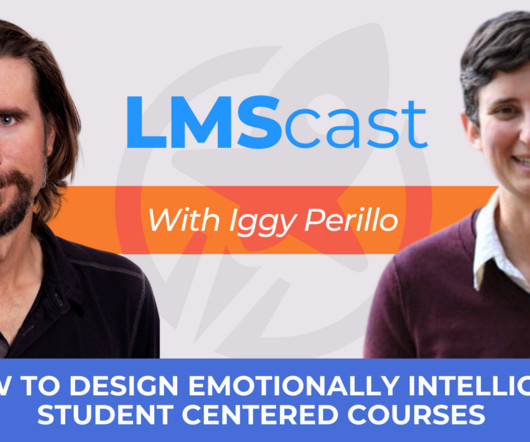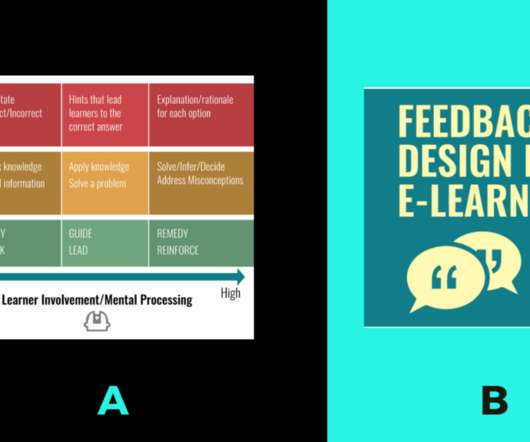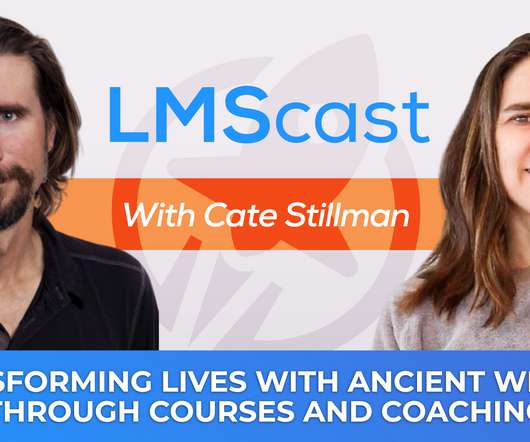Learning Science: The Coherence Principle Decoded
Mike Taylor
DECEMBER 5, 2023
Picture this: I’m fresh on the scene as a new learning designer, proud of my first course about the pH of water systems in a coal-fired power plant. Irrelevant pictures, gratuitous use of color, and redundant bullet points are like cognitive speed bumps, slowing down the assimilation of essential information. The result?





































Let's personalize your content